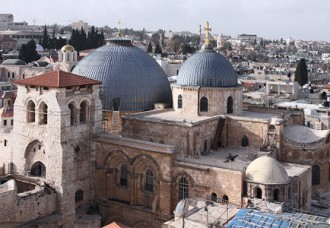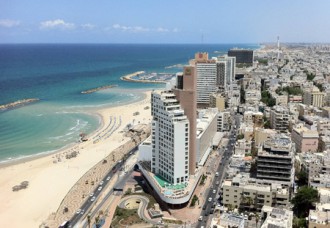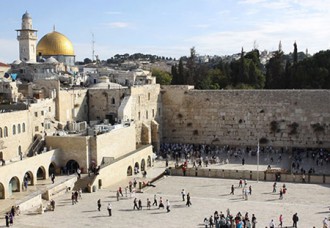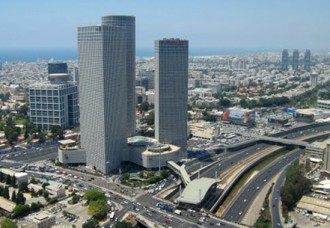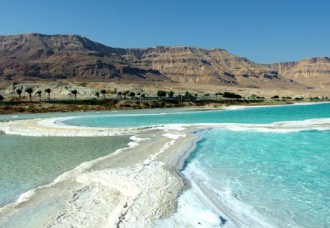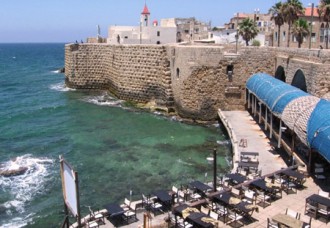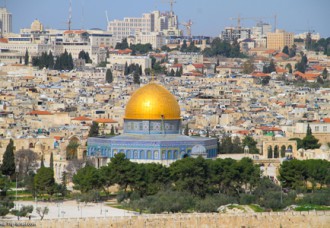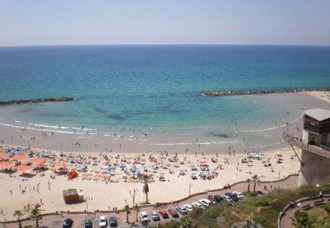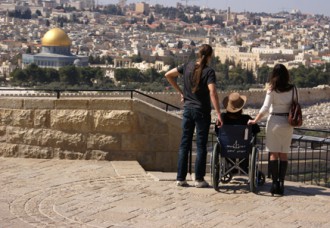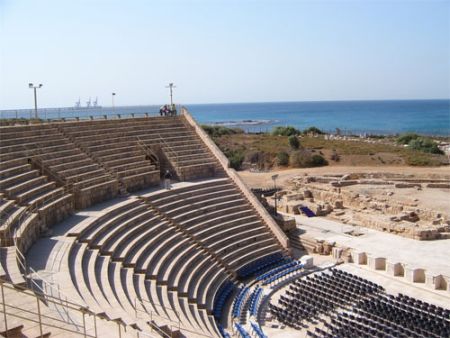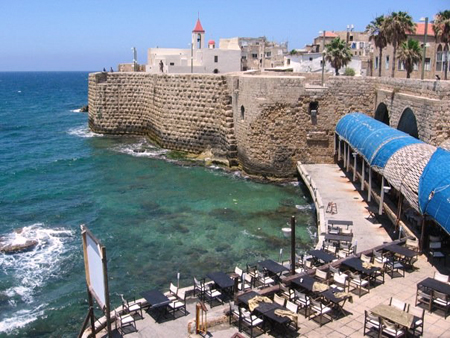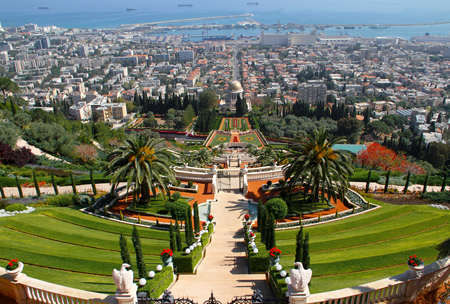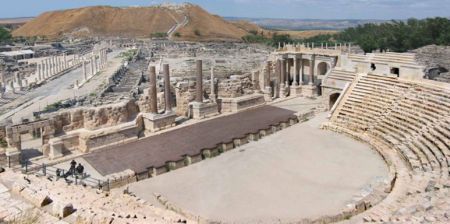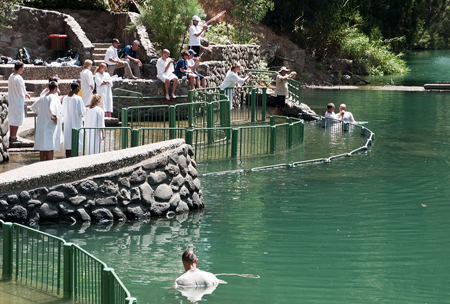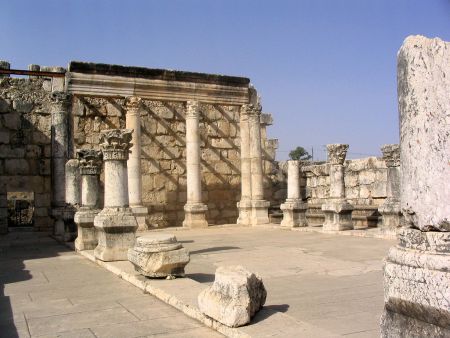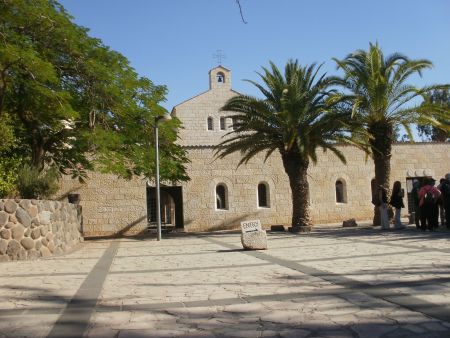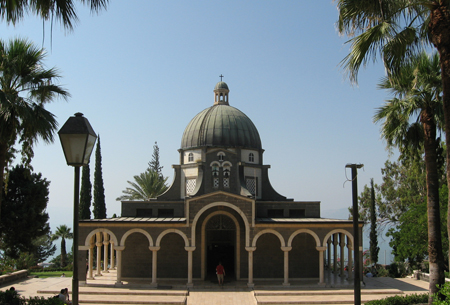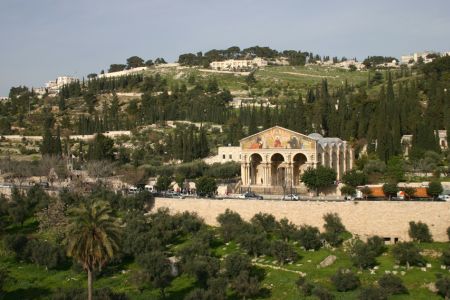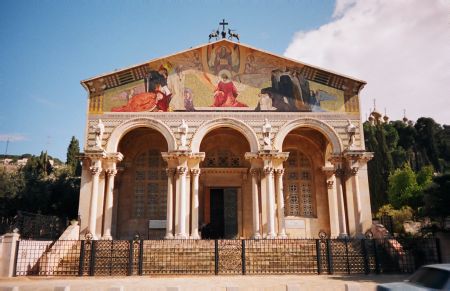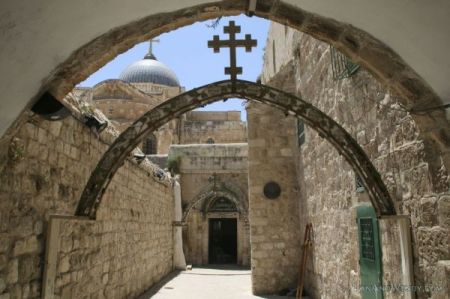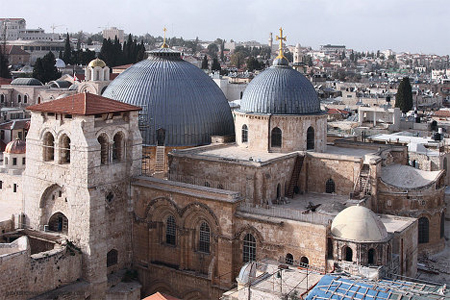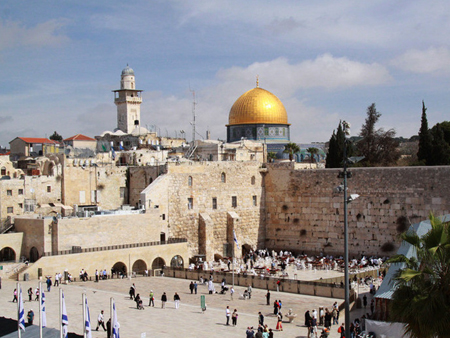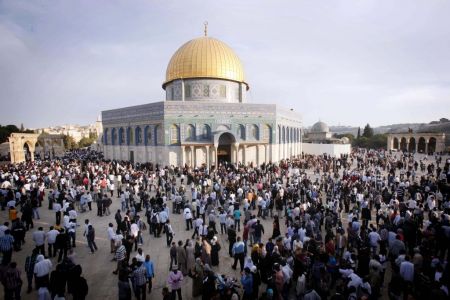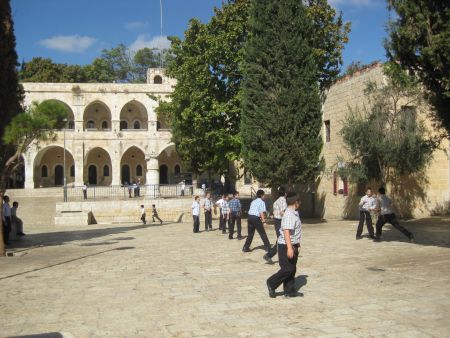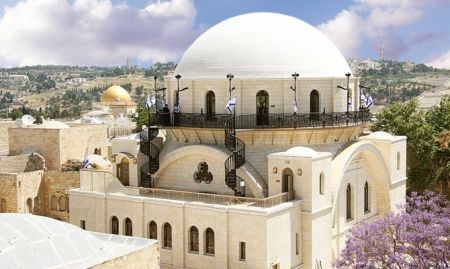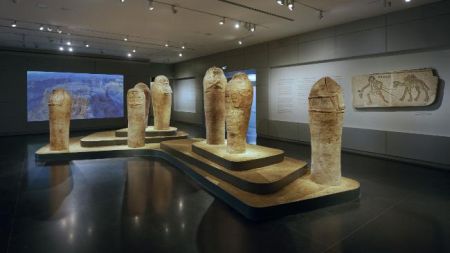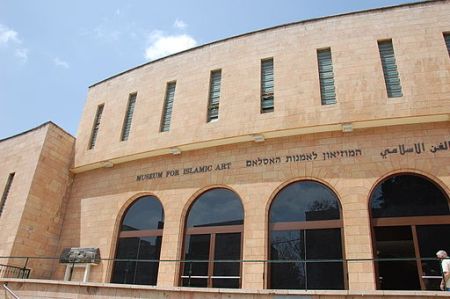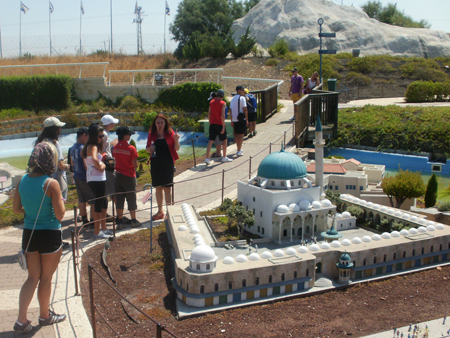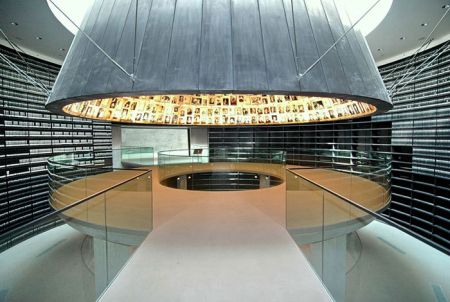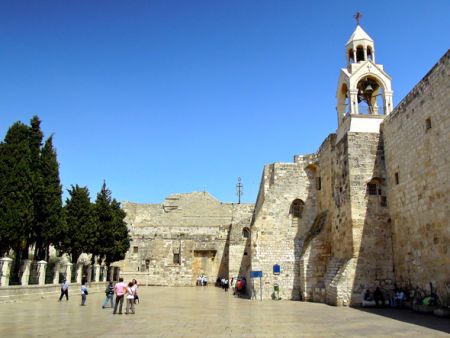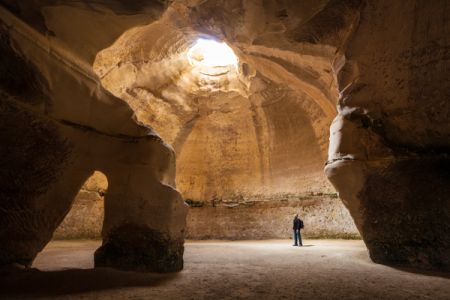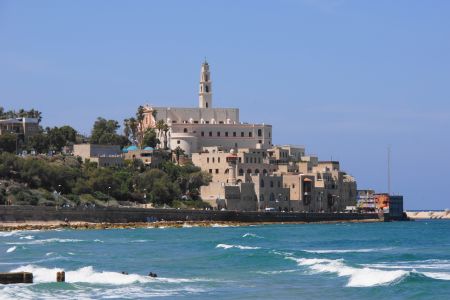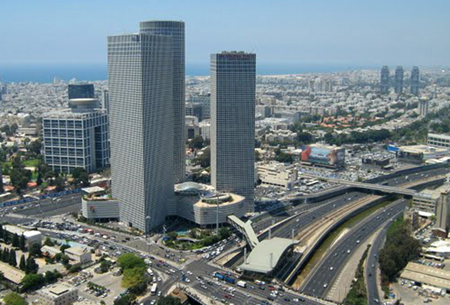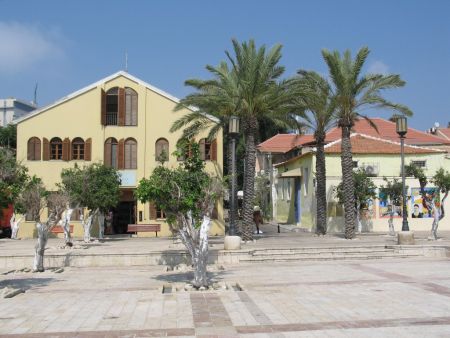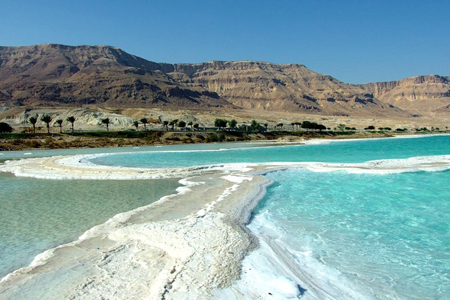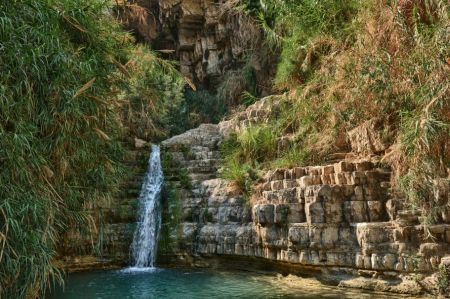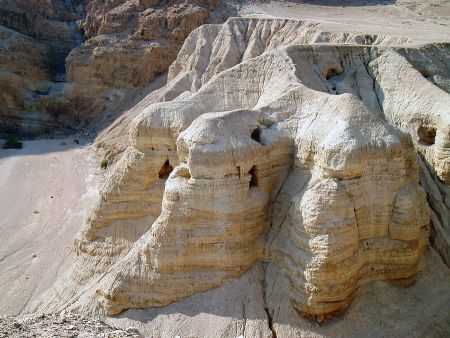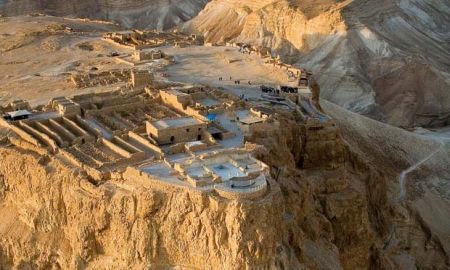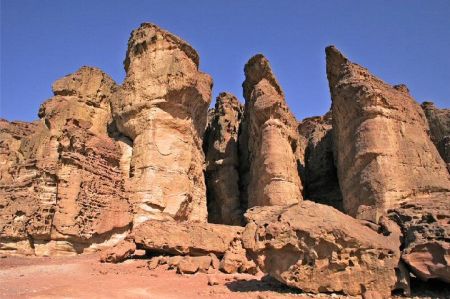Places to visit
North
Caesarea.
Caesarea National Park is one of Israel’s most impressive parks, housing unique buildings from various periods, bearing silent witness to the upheavals that have visited Caesarea over the past 2,300 years. Caesarea was given to King Herod as a present by Augustus Caesar and is named after him. Herod built a massive port there alongside entertainment facilities, bathhouses and temples.
The city was excavated in the 1950s and 1960s. Buildings which have been uncovered include a Roman theatre, a hippodrome, a Roman temple, city walls, castle, and a Crusader church. Also, see the moat protecting the harbor and the aqueduct from the Carmel Mountains. Caesarea also has an underworld museum, where divers can explore the ancient harbor with waterproof maps.
Acre.
Acre is the ancient port city which is located north from Haifa. The first mention of the city dates back to the 19th century BC. It is one of the oldest continuously inhabited sites in the world. Various cultures made their home here, the Crusaders captured it and the Ottomans lived here for many centuries. Even Napoleon Bonaparte tried to lay his hands on Acre and conquer it, but after two months of siege and failed attempts to storm the city’s walls, he retreated in humiliation. You can find here Knights Halls, Templar’s tunnels, strong fortress walls which keep the memory of the former greatness of those times.
Haifa.
This is a port city in northern Israel. Also it is the third largest city and second largest port in Israel, which is located on the slopes of Mount Carmel. Haifa is a city with a rich history that dates back to the Roman era, the city that survived the reign of the Crusaders and the yoke of the Ottoman Empire. Haifa is the center of both traditional and non-traditional streams in religion. Bahai Temple is an unique architectural complex, which includes the Bahai Temple and Persian gardens which are striking by its beauty. Here is also a center of the Baha’i religion. The city has many interesting and unusual museums and wherever you left off in Haifa, you will see the great panorama with beauty view.
Beit Shean.
Beit Shean is a city in the North District of Israel which has played an important role historically due to its geographical location at the junction of the Jordan River Valley and Jezreel Valley. Currently, the archaeological site of the ancient city is a national park. Here you can see the ancient Greek amphitheater, colonnade, mosaics, Roman baths. Don’t miss the acclaimed Shean Nights – a unique multi-sensory multi-media experience.
Yardenit – the Baptismal Site.
Situated on the banks of the Jordan River, flowing forth from the Sea of Galilee, the baptismal site of Yardenit welcomes over half a million tourists and pilgrims annually who come to experience the spirituality and pastoral beauty of the waters of the River Jordan, in which Jesus was baptized by John the Baptist.
The sight is well equipped: 12 separate baptismal pools, enabling different groups to comfortably conduct private worship ceremonies. You can enjoy a varied range of services: changing rooms, showers, a store where you can buy not only gifts, but also the special baptismal white robes.
Capernaum.
National Park “Capernaum” is located on the northern coast of the Sea of Galilee. It is a place of pilgrimage for Christians, because the main attraction of the park is the ancient synagogue, which refers to the one in which Jesus Christ preached during his stay in the Galilee. The park demonstrates archaeological finds discovered during excavations.
Here was also discovered a structure which was identified as the house of the Apostle Peter. On top of this structure a Franciscan Church was built with a glass floor which allows looking at the ancient structural remains.
Church of the Multiplication of the Loaves and Fishes. Tabgha.
The Church is a Roman Catholic church located in Tabgha, on the northwest shore of the Sea of Galilee. The modern church rests on the site of two earlier churches.
The church is best known for Christ’s miraculous multiplication of loaves and fish. The New Testament (Mark 6:30, 44) describes how Jesus fed 5,000 people with only 5 loaves and 2 fish. Jesus and his disciples sailed out on the Sea of Galilee to “a remote place” (the location is not specified) they were seeking some tranquility and solitude but people ran ahead to meet them from the surrounding villages. When evening came Jesus, his disciples and 5,000 people who had gathered there were too far from any villages to get something to eat. So Jesus performed the miracle of dividing the food that the disciples had brought with them – five loaves and two fish – between the multitudes. The people ate until they were sated.
Church Sermon on the Mount. Mount of Beatitudes.
Located on a small hill overlooking the Sea of Galilee near Tabgha, the Mount of Beatitudes is the traditional site of Jesus’ delivery of the Sermon on the Mount, which included the core of his teachings, probably the most famous sermon of all time. Pilgrims have been drawn to this scenic place since at least the 4th century.
The church is located on the top of the Mount of Beatitudes, which rises to the height of 125 meters above the Sea of Galilee and provides a wonderful view of the area. Traditionally, it was here at the Mount of Beatitudes that Jesus chose his Twelve Apostles from among his disciples. The basalt Church of the Mount of Beatitudes was built in 1938, according to the plans of the famous Italian architect, Antonio Barluzzi. It is built in the shape of an octagonal, with each of its eight sides featuring one verse of the eight Beatitudes of the Sermon on the Mount. Near the church are a monastery, a hostel of Franciscan nuns, a garden and a farm belonging to the Italian mission in the Holy Land.
Center
Mount of Olives.
Separated from the Eastern Hill (the Temple Mount and the City of David) by the Kidron Valley, the Mount of Olives has always been an important feature in Jerusalem’s landscape. Its name came from the olive trees that once grew on its hillside from ancient times.
At the foot of the mountain, adjacent to the Church of All Nations, stand the Gardens of Gethsemane, in which one finds the golden turreted Russian Orthodox Church of Maria Magdalene. Besides the compound of churches adjacent to Mount Scopus at its north, which includes the Basilica of the Sacred Heart, the Basilica Eleona and the convent of Pater Noster, it is perhaps best known for the extensive cemetery that faces Jerusalem all along its western slopes.
Church of All Nations.
The Church of All Nations, also known as the Church or Basilica of the Agony, is a Roman Catholic Church located on the Mount of Olives in Jerusalem, next to the Garden of Gethsemane. It enshrines a section of bedrock where Jesus is said to have prayed before his arrest. (Mark 14:32-42).
The modern church stands on the foundations of two ancient churches: a 4th-century Byzantine basilica and a 12th-century Crusader chapel. The Basilica of the Agony was built from 1919-24 with funding from 12 different countries, which gave it its nickname: “the Church of All Nations.”
Via Dolorosa.
The Via Dolorosa is a street, in two parts, within the Old City of Jerusalem, held to be the path that Jesus walked, carrying his cross, on the way to his crucifixion. The winding route from the Antonia Fortress west to the Church of the Holy Sepulcher — a distance of about 600 meters — is a celebrated place of Christian pilgrimage. The current route has been established since the 18th century, replacing various earlier versions. It is today marked by nine Stations of the Cross; there have been fourteen stations since the late 15th century, with the remaining five stations being inside the Church of the Holy Sepulchre.
Church of the Holy Sepulcher.
The Church of the Holy Sepulcher is a church within the Christian Quarter of the Old City of Jerusalem. The site is venerated as Calvary (Golgotha), where Jesus was crucified, and also contains the place where Jesus is said to have been buried. The church has been an important Christian pilgrimage destination since at least the 4th century as the purported site of the resurrection of Jesus.
According to Eusebius, the Roman emperor Hadrian in the 2nd century built a temple dedicated to the Roman goddess Venus in order to bury the cave in which Jesus had been buried. The first Christian Emperor, Flavius Constantinus, ordered in about 325/326 that the temple be replaced by a church. During the building of the Church, Constantine’s mother, Helena, is believed to have rediscovered the True Cross, and a tomb.
Today the Church of the Holy Sepulcher also serves as the headquarters of the Greek Orthodox Patriarch of Jerusalem, while control of the building is shared between several Christian churches and secular entities in complicated arrangements essentially unchanged for centuries. Today, the church is home to branches of Eastern Orthodoxy and Oriental Orthodoxy as well as to Roman Catholicism. Anglicans and Protestants have no permanent presence in the Church and some have regarded the Garden Tomb, elsewhere in Jerusalem, as the true place of Jesus’s crucifixion and resurrection.
The Western Wall.
The Western Wall or is located in the Old City of Jerusalem at the foot of the western side of the Temple Mount. Parts of the wall are remnants of the ancient wall that surrounded the Jewish Temple’s courtyard, and is arguably the most sacred site recognized by the Jewish faith outside of the Temple Mount itself. Just over half the wall, including its 17 courses located below street level, dates from the end of the Second Temple period, commonly believed to have been constructed around 19 BCE by Herod the Great, but recent excavations indicate that the works were not finished during Herod’s lifetime.
The Western Wall has been a site for Jewish prayer and pilgrimage for centuries; the earliest source mentioning Jewish attachment to the site dates back to the 4th century. Today, millions of visitors come to the Western Wall every year. Thousands of Bar and Bat Mitzvah children choose to mark this special event with their families at the Wall. Soldiers serving in the Israel Defense Forces swear loyalty to their nation and homeland at the Western Wall Plaza. People from all over the world pay their respects to the Jewish people’s magnificent history by visiting this special site.
The Temple Mount.
The Temple Mount is one of the most important religious sites in the Old City of Jerusalem. It has been used as a religious site for thousands of years. At least four religions are known to have used the Temple Mount: Judaism, Christianity, Roman religion, and Islam. The present site is dominated by three monumental structures from the early Umayyad period: the al-Aqsa Mosque, the Dome of the Rock and the Dome of the Chain.
Judaism regards the Temple Mount as the place where God chose the divine presence to rest; according to the rabbinic sages whose debates produced the Talmud, it was from here the world expanded into its present form and where God gathered the dust used to create the first man, Adam. The site is the location of Abraham’s binding of Isaac. According to the Bible, two Jewish Temples stood at the Temple Mount, though there is no proof for the first temple. According to the Bible the site should function as the center of all national life—a governmental, judicial and, of course, religious center. During the Second Temple period it functioned also as an economic center. Jewish tradition maintains it is here the Third and final Temple will also be built. The location is the holiest site in Judaism and is the place Jews turn towards during prayer.
The Jewish Quarter in Jerusalem.
The Jewish Quarter is one of the four traditional quarters of the Old City of Jerusalem. The 116,000 square meter area lies in the southeastern sector of the walled city, and stretches from the Zion Gate in the south, along the Armenian Quarter on the west, up to the Street of the Chain in the north and extends to the Western Wall and the Temple Mount in the east.
The main attractions of the Jewish quarter:
Cardo – ancient Roman market.
Hurva Synagogue.
Broad Wall.
Burnt House.
Western Wall.
Hurva Sinagogue.
The Hurva Synagogue has a very complex history that begins in early 18th century and continues until our days. It was first built by a group of Ashkenazy Jews, led by Rabbi Judah Ha-Hasid in 1700. In order to complete construction, they lent money from local Muslims. Unable to return the lent, they were forbidden by local government to enter the city, and for the next 150 years the synagogue was empty and crumbling, hence the name (hurva – ruin).
The attempts to rebuild the synagogue began in early 19th century yet only in 1857 the work started. The golden age lasted for almost a hundred years (1864-1948). During the war of 1948, the synagogue was destroyed, once more remaining true to its name. It remained in ruined state until it was reopened in 2010.
The Israel Museum.
The Israel Museum was founded in 1965 as Israel’s national museum. It is situated on a hill in the Givat Ram neighborhood of Jerusalem, near the Bible Lands Museum, the Knesset, the Israeli Supreme Court, and the Hebrew University of Jerusalem. Among the unique objects on display is a carved female figurine considered the oldest artwork in the world; the interior of a 1736 synagogue from Suriname; necklaces worn by Jewish brides in Yemen; a mosaic Islamic prayer niche from 17th-century Persia; and a nail attesting to the practice of crucifixion in Jesus’ time. An urn-shaped building on the grounds of the museum, the Shrine of the Book, houses the Dead Sea Scrolls and artifacts discovered at Masada.
The Museum of Islamic Art in Jerusalem.
The L.A. Mayer Museum of Islamic Art is a museum in Jerusalem, Israel, established in 1974. The museum houses Islamic pottery, textiles, jewelry, ceremonial objects and other Islamic cultural artifacts. Visitors of museum are privileged to view one of the foremost collections of Islamic art and Antique Watches & Clocks – the world famous collection of watches of Sir David Salomons.
Mini Israel.
Mini Israel is a miniature park located near Latrun, Israel in the Ayalon Valley. Opened in November 2002, the site contains miniature replicas of hundreds of buildings and landmarks in Israel. The tourist attraction consists of about 350 large models of notable buildings. The scale of 1:25 produces skyscrapers that tower over an adult and historic churches taller than a child.
Yad Vashem.
Yad Vashem is Israel’s official memorial to the victims of the Holocaust, established in 1953 through the Yad Vashem Law passed by the Knesset, Israel’s parliament. Yad Vashem is located on the western slope of Mount Herzl on the Mount of Remembrance in Jerusalem. The museum depicts the story of the Holocaust from a personal Jewish perspective. Including artifacts, testimonies, and archival material, the Museum weaves 90 personal stories into the historical narrative. Yad Vashem is the second most-visited tourist site in Israel, after the Western Wall. Its curators charge no fee for admission and welcome approximately one million visitors a year.
Church of the Nativity in Bethlehem.
The Church of the Nativity in Bethlehem is a major Christian holy site, as it marks the traditional place of Christ’s birth. It is also one of the oldest surviving Christian churches.
The church was originally commissioned in 327 AD by Constantine and his mother Helena over the site that is still traditionally considered to be located over the cave that marks the birthplace of Jesus. The Church of the Nativity site’s original basilica was completed in 339 AD and destroyed by fire during the Samaritan Revolts in the sixth century AD. A new basilica was built 565 AD by Justinian, the Byzantine Emperor, restoring the architectural tone of the original. The site of the Church of the Nativity has had numerous additions since this second construction. The site is included in UNESCO World Heritage List.
Beit Govrin.
Bet Guvrin National Park encompasses approximately 5,000 dunams (1,250 acres) of rolling hills in the Judean Lowlands. The hills, 400 m above sea level, consist mainly of chalk overlaid with harder rock called nari. For thousands of years people have been cutting into the rock beneath the nari as quarries, burial caves, storerooms, industrial facilities, hideouts and dovecotes. They dug small openings into the nari, normally no more than two meters thick, and expanded the caves into the softer chalk beneath. Hundreds of such caves were dug at Bet Guvrin and its surroundings, creating subterranean networks of unparalleled complexity. Among the sites also are a Roman amphitheater and Tel Mareshah, which was fortified by Solomon’s son Rehoboam.
Old City of Jaffa.
Nowadays it is the most beautiful area of Tel Aviv, which is the tourist and cultural center with a rich history. Tourist complex “Old Jaffa” includes numerous of ancient monuments, archaeological sites, religious buildings, and the large number of art galleries and shops. There is a magnificent view which is opening from the Jaffa hill.
Azrieli skyscrapers in Tel Aviv.
It is a well-known complex of three skyscrapers, which located in the central part of Tel Aviv. It includes the large shopping center which is located at the second and third floor of the buildings. The Round Tower is the tallest not only of these three buildings but also the tallest building in Tel Aviv ever. And it has 49 floors and a height of 187 m. At the upper floor there is an enclosed observation deck that presents a beautiful view on Tel Aviv and nearby cities. There is also a great restaurant. The triangular tower is a 169 meters high and has 46 floors. Its horizontal section is an equilateral triangle. Square tower has 42 floors and 154 meters, and it is the lowest of the three Azrieli Towers complex.
Neve Tzedek.
Neve Tzedek is the old quarter of Tel Aviv, was established in 1887, on the outskirts of Yaffa. Nowadays it is the one of the most beautiful areas in the southwest of Tel Aviv. There are a large number of restaurants, designer shops and galleries, as well as the house-museums of famous writers and artists.
Tel Aviv Museum of Art.
The rich collection of Classic and Modern art includes works of Israeli and foreign artists. Impressionism and Post-Impressionism, modernist style collection of masters from the 20th century, Mitzna Blumenthal. Works of C?zanne, Chagall, Dali, Monet, Henry Moore, Auguste Rodin, Archipenko, Picasso, Kandinsky and others whose works presented in the collection. Permanent and changing exhibitions, concerts and lectures of artists attract many visitors.
South
The Dead Sea.
It is one of the most amazing places in the world. The high content of salts and minerals in the water creates an unusual effect of weightlessness, and relaxing. Dry air is rich in oxygen and pure from various impurities, enough hot weather (even in winter), and ultraviolet rays are a natural “filter”, allowing safe tan without burning. There are a lot of hydrogen sulfides which are rich of minerals and organic components of mud.
There are a large numbers of beautiful nature reserves with unique flora and fauna which are located in the area of the Dead Sea. Moreover there are a lot of good hotels which are fully adapted for people with disabilities. For example, entrance to the rooms adapted for wheelchair users. But this is not the end. In addition, there is a special services with a special disabled access to the beach, elevator floor to the outdoor pool, and special lifts.
Ein Gedi.
Ein Gedi is an oasis in the desert. It is situated on the shore of the Dead Sea – the lowest place on Earth – at the feet of majestic mountains and cliffs. One of the most exciting places in Israel, Ein Gedi combines a wild, natural setting with a primeval panorama, history and archaeology, tourist attractions, and spas. Its unique climate and atmosphere make it a place for a unique desert adventure.
Ein Gedi contains the historical and archaeological remains of its first inhabitants, who discovered the magic of the place more than 5,000 years ago. Ein Gedi also has an international reputation as a health spa. Tourists from all over the world come there to take advantage of the hot springs, mineral waters, and mud baths, and to enjoy the desert climate, bathe in the healing waters of the Dead Sea, and breathe healthful bromide-filled air.
Qumran.
Qumran is an archaeological site, located on a dry plateau about a mile inland from the northwestern shore of the Dead Sea, near the Israeli settlement and kibbutz of Kalya. The Hellenistic period settlement was constructed during the reign of John Hyrcanus, 134-104 BCE or somewhat later, and was occupied most of the time until it was destroyed by the Romans in 68 CE or shortly after. It is best known as the settlement nearest to the caves where the Dead Sea Scrolls were hidden, caves in the sheer desert cliffs and beneath, in the marl terrace. The principal excavations at Qumran were conducted by Roland de Vaux in the 1950s, though several later campaigns at the site have been carried out.
Masada.
The ancient fortress built by King Herod I the Great in 25 BC on top of one of the cliffs of the Judean Desert. Fortress rises to a height of 450 meters and is located at the southern coast of the Dead Sea. The castle remained the palace of King Herod, a synagogue, fragments of mosaics, water tanks that are carved in the rocks, hot and cold baths. There is a beautiful view of the Judean Desert and the Dead Sea from the top of Masada.
Timna.
National Park located 25 kilometers north of Eilat. The first settlements appeared in Timna already in the Neolithic period, due to easily accessible deposits of copper. Mining and processing of copper continuously held in the valley from ancient times to the Middle Ages. Timna Park covers about 15,000 acres in a horseshoe-shaped valley surrounded by steep cliffs, with Mount Timna, the world’s first ever copper mine, standing tall in the center.
Timna Park attractions:
Solomon pillars.
The Valley of Rock Drawings
Hurvat Timna – Egyptian settlement period XIV – XI centuries. BC.
Hathor Temple, dedicated to the Egyptian Goddess of Mining.
The Mushroom.
The Arches.
Pink Canyon.
Lake Timna.

